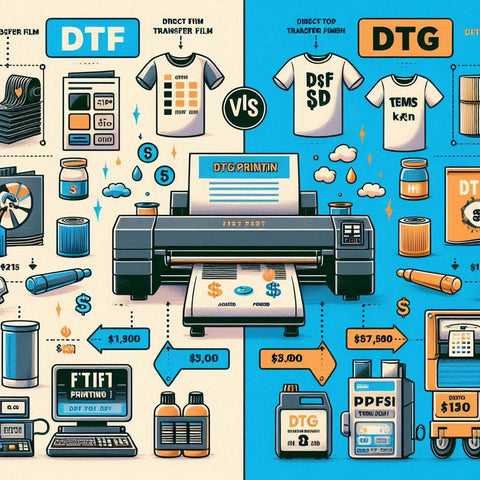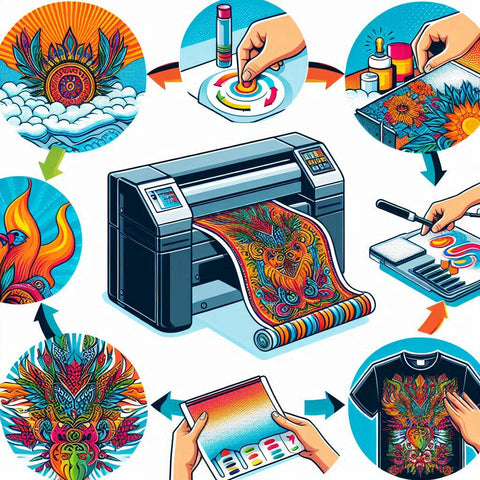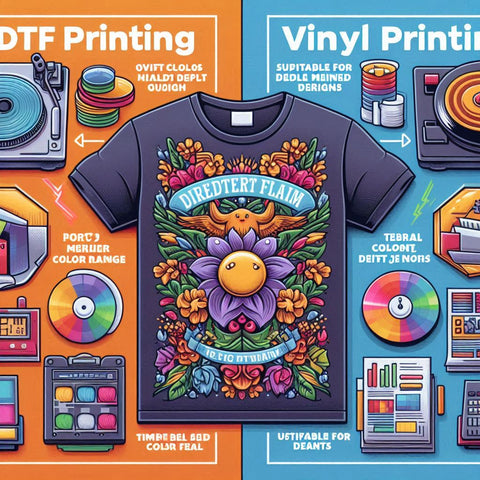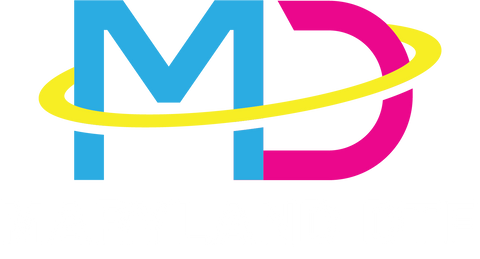When comparing DTF (Direct-to-Film) and DTG (Direct-to-Garment) printing in terms of cost, there are several factors to consider. Each printing method has its own set of costs, and the total expense can vary depending on the specific needs of a project. Here’s a breakdown of the cost considerations for each method:
Cost Factors for DTF Printing
-
Equipment Cost:
- Printers: DTF printers tend to be more affordable than DTG printers. This is especially true for smaller or entry-level models, making DTF a popular choice for businesses looking to start with a lower initial investment.
- Heat Press: In addition to the printer, a heat press is required to transfer the design from the film to the fabric. Heat presses are generally affordable, but the overall setup cost still adds to the total investment for DTF printing.
-
Consumables:
- Inks and Films: DTF printing requires special DTF inks and PET films. The cost of these consumables can vary, but generally, the inks for DTF are slightly less expensive compared to DTG inks. The PET film also adds to the cost, although it’s typically a minor expense.
- Adhesive Powder: An adhesive powder is used to bond the ink to the fabric, which adds a small additional cost to each print.
-
Operating Costs:
- Maintenance: DTF printers require regular maintenance to keep the print heads clean and functioning properly. This can be less intensive and costly compared to DTG printers, which are more prone to clogging and require more frequent maintenance.
- Production Speed: DTF printing can be faster than DTG when printing multiple items, especially for bulk orders. This can reduce labor costs and increase production efficiency.
Cost Factors for DTG Printing
-
Equipment Cost:
- Printers: DTG printers are typically more expensive than DTF printers, especially for high-quality or commercial-grade models. This higher upfront cost is a significant factor when considering the total investment needed for DTG printing.
- Pre-Treatment Machines: For certain fabrics, DTG printing requires a pre-treatment machine to apply a special liquid that helps the ink bond to the fabric. This equipment adds to the overall cost of a DTG setup.
-
Consumables:
- Inks: DTG inks are generally more expensive than DTF inks. These water-based inks are specially formulated for printing directly onto garments and can add up quickly, especially for designs with heavy ink coverage or large areas of solid color.
- Pre-Treatment Solution: The pre-treatment solution is an additional consumable cost for DTG printing, necessary for preparing garments before printing.
-
Operating Costs:
- Maintenance: DTG printers typically require more frequent maintenance to prevent print head clogs and maintain print quality. This maintenance can be more costly and time-consuming compared to DTF printers.
- Production Speed: DTG printing can be slower than DTF printing, especially when producing large quantities or prints with heavy ink coverage. This can lead to higher labor costs and longer turnaround times.
Which Is More Expensive: DTF or DTG?
- Upfront Costs: DTG is generally more expensive upfront due to the higher cost of printers and additional equipment like pre-treatment machines. This makes DTF more accessible for businesses with limited budgets or those just starting out.
- Consumables and Operating Costs: Consumables like inks and films for DTF tend to be less expensive than those for DTG, and DTF printers typically require less maintenance. This can make DTF more cost-effective over time, especially for small to medium-sized runs.
- Long-Term Costs: If you factor in the long-term costs of maintenance, consumables, and production speed, DTF often comes out as the more economical choice, particularly for businesses focusing on a wide range of fabrics or high-volume production.
Conclusion
Overall, DTF printing is generally more cost-effective than DTG printing, especially when considering upfront investment, consumables, and maintenance costs. However, the choice between DTF and DTG should also consider other factors such as print quality, fabric compatibility, and specific business needs. Each method has its advantages, and the best choice will depend on your particular requirements and budget.





Comments (0)
There are no comments for this article. Be the first one to leave a message!